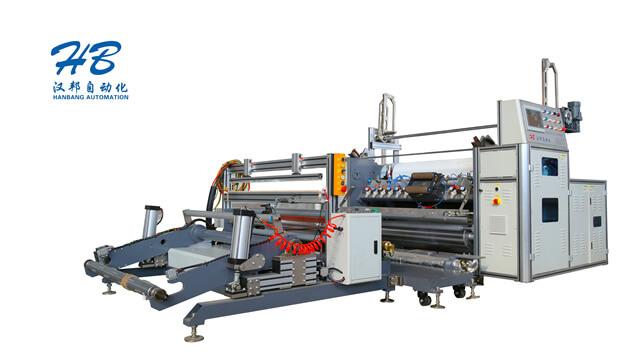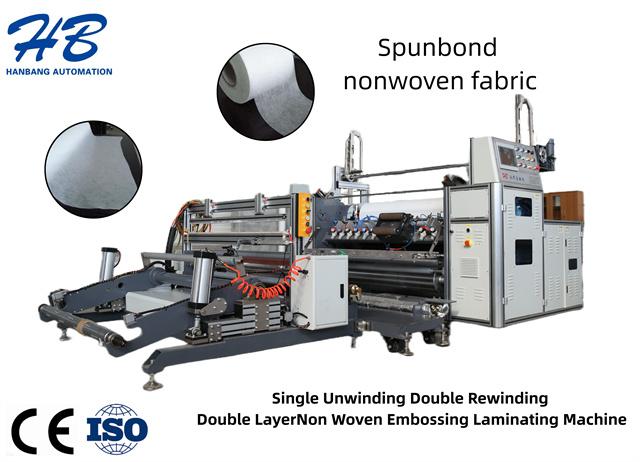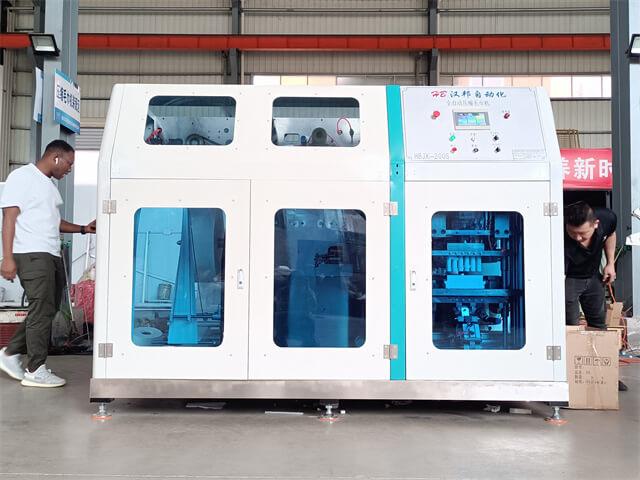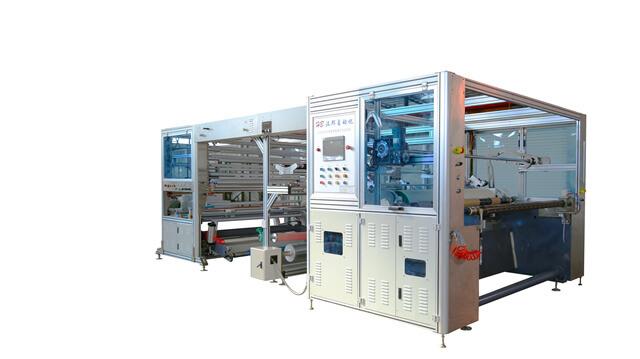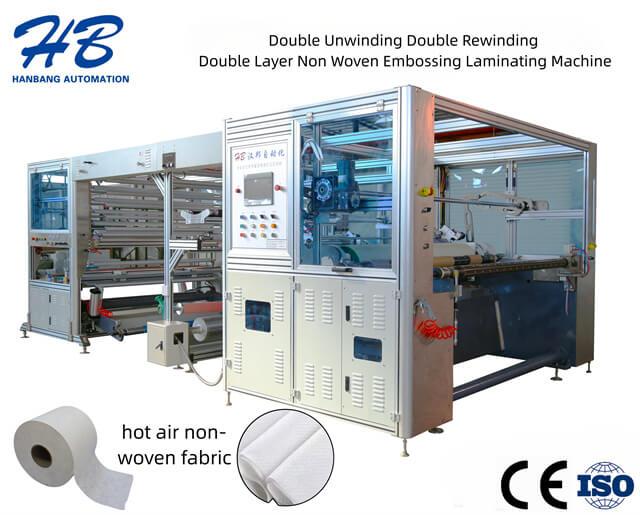Author:HB Nonwoven MachineryFROM:Compressed Towel Machine Manufacturer TIME:2023-11-09
How to Choose the Right Non Woven Fabric Cutter
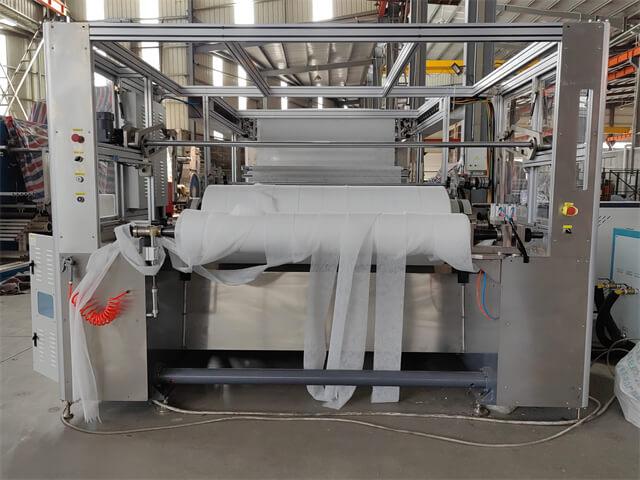
The non-woven fabric industry, which includes products such as diapers and sanitary napkins, has seen significant growth in recent years. With the increasing demand for these products, manufacturers are constantly looking for ways to improve their production processes. One crucial aspect is choosing the right non-woven fabric cutter. This article aims to provide guidance on selecting the appropriate cutter for your needs.
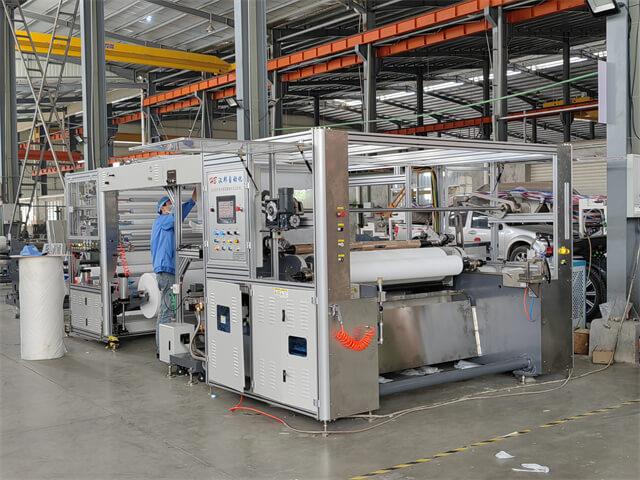
Before diving into the selection process, it's essential to understand what non-woven fabrics are. Non-woven fabrics are made from fibers that are bonded together mechanically, thermally, or chemically. They are widely used in various industries due to their unique properties, such as breathability, water resistance, and strength.
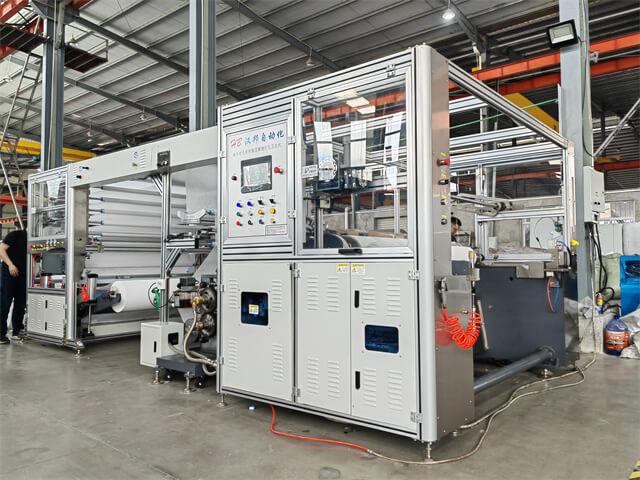
The thickness of the non-woven fabric plays a crucial role in determining the type of cutter needed. Different cutters are designed to handle specific thicknesses effectively. It's important to assess whether the cutter you're considering can handle the thickness of the fabric you'll be working with.
When choosing a fabric cutter, it's essential to consider both cutting speed and precision. High-speed cutters can significantly increase production efficiency, but they may sacrifice precision. On the other hand, slower cutters may offer better accuracy but at the expense of productivity. Finding the right balance between speed and precision is key.
The durability of the cutter's blade is critical for long-term cost-effectiveness. A good quality blade will last longer, reducing the need for frequent replacements. Consider the material of the blade and its ability to withstand the wear and tear associated with cutting non-woven fabrics.
Operating a fabric cutter can be potentially dangerous. Look for cutters with safety features such as blade guards, emergency stop buttons, and automatic shut-off systems. These features not only protect the operator but also minimize the risk of damage to the fabric and the equipment itself.
Regular maintenance is crucial to keep your non-woven fabric cutter in optimal condition. Consider the maintenance requirements of the cutter you are considering, such as cleaning procedures, lubrication needs, and availability of spare parts. Opt for cutters with user-friendly maintenance processes.
Seek recommendations from industry peers and professionals who have experience working with non-woven fabric cutters. Additionally, read reviews and testimonials online to gain insights into the performance and reliability of different models and brands. This information can help you make an informed decision.
Lastly, consider the cost of the fabric cutter and evaluate its potential return on investment. While it's important to stay within budget, it's equally important to choose a cutter that offers long-term value. Balancing initial costs with the benefits and productivity gains of a high-quality cutter is crucial for success.
Choosing the right non-woven fabric cutter is essential for improving the efficiency and quality of production in the diaper and sanitary napkin industry. By understanding the fabric, considering factors like thickness, speed, precision, durability, safety features, maintenance requirements, seeking recommendations, and evaluating the cost, manufacturers can select the ideal cutter for their specific needs. With the right cutter in place, businesses can enhance their processes and meet the growing demand for these essential products.
